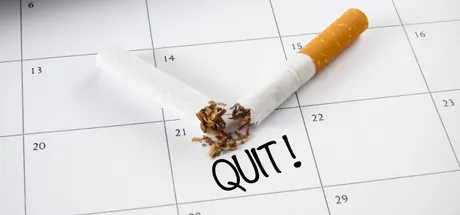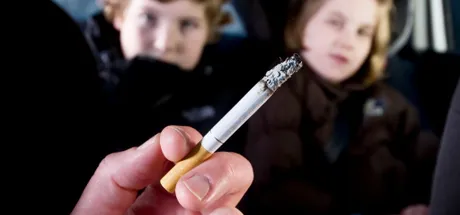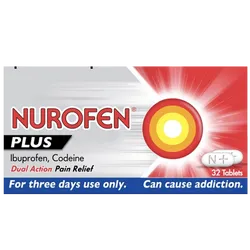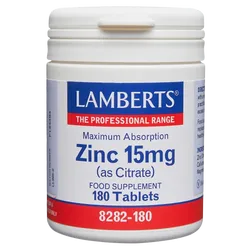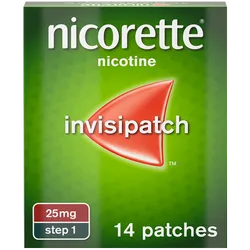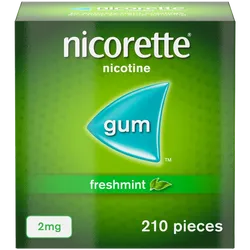Important Warnings and Precautions for Nicorette® Freshmint 4mg Gum Nicotine 105 Pieces
Do not use Nicorette® Gum if:
- You are a child under 12 years of age.
- You have an allergy to nicotine or any of the other ingredients (see the ingredients section for details).
Talk to your doctor, nurse, or pharmacist if:
- You are pregnant or breastfeeding: Ideally, you should try to give up smoking/vaping without Nicotine Replacement Therapy (NRT). If you cannot, NRT is a safer alternative, but always seek advice.
- You are in hospital because of heart disease (including heart attack, disorders of heart rate or rhythm, or stroke). For other heart conditions not requiring hospitalisation, using NRT is better than continuing to smoke.
- You have a stomach ulcer, duodenal ulcer, inflammation of the stomach, or inflammation of the oesophagus (passage between the mouth and stomach).
- You have liver or kidney disease.
- You have an overactive thyroid gland or a phaeochromocytoma (a tumour of the adrenal gland that can affect blood pressure).
- You have diabetes: Monitor your blood sugar levels more often when starting Nicorette® Gum, as your insulin or medication requirements may change.
- You are taking other medicines such as theophylline, clozapine, or ropinirole. Stopping smoking or cutting down may require dose adjustments of these medicines.
- You have ever experienced seizures (fits).
- You have quit smoking/vaping and are finding it difficult to stop using the gum.
Specific Ingredient Warnings:
- The chewing gum base contains butylated hydroxy toluene (E321), which may cause local skin reactions (e.g., contact dermatitis) or irritation to the eyes and mucous membranes.
- Nicorette® Gum contains sorbitol. If you have been told by your doctor that you have an intolerance to some sugars or hereditary fructose intolerance (HFI), talk to your doctor before using this medicine.
Possible Side-Effects:
Like all medicines, Nicorette® Gum can cause side-effects. Many effects are due to nicotine and can also occur from smoking. You may also experience effects related to nicotine withdrawal from stopping smoking, such as irritability, low mood, anxiety, restlessness, poor concentration, increased appetite, sleep disturbance, or lowered heart rate.
Effects of too much nicotine (if you are not used to inhaling tobacco smoke or if you overuse the gum) can include: feeling faint, nausea, headache, and hiccups.
Common Side-Effects:
- Headache, sore mouth or throat, jaw-muscle ache, stomach discomfort, nausea, hiccups, dizziness, and vomiting.
Uncommon Side-Effects:
- Hives (urticaria), redness or itching of the skin, chest palpitations.
Rare Side-Effects:
- Allergic reactions (swelling of the mouth, lips, throat, and tongue, itching, swelling of skin, ulceration and inflammation of the mouth lining).
Very Rare Side-Effects:
- Abnormal beating of the heart.
If you notice these or any other unwanted effects, tell your doctor, nurse, or pharmacist. Mouth ulcers may also develop when stopping smoking, though the reason is unknown.
Overdose:
If you use more than the recommended dosage, you may experience nausea, excessive salivation, abdominal pain, diarrhoea, sweating, headache, dizziness, hearing disturbance, or weakness. If you get any of these effects, contact a doctor or your nearest hospital Accident and Emergency department immediately. Take the leaflet and pack with you.
Contact a doctor or your nearest hospital Accident and Emergency department immediately if a child under 12 years uses, chews, or swallows this medicine. Nicotine ingestion by a child may result in severe poisoning.
Storage:
Keep Nicorette® Gum out of reach and sight of children and animals. Nicotine in high doses can be very dangerous and sometimes fatal if taken by children. Do not store above 25°C. Do not use the gum after the ‘Use before’ date on the box or blister strip. Dispose of Nicorette® Gum sensibly and in an environmentally friendly way.



